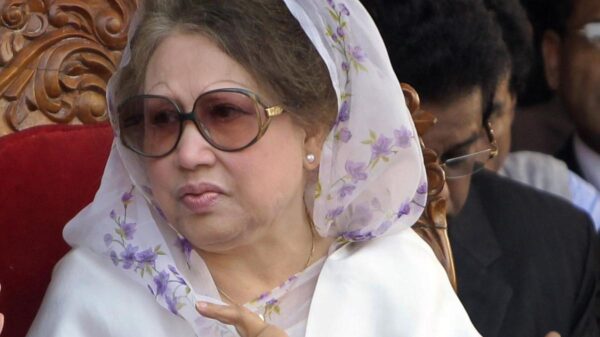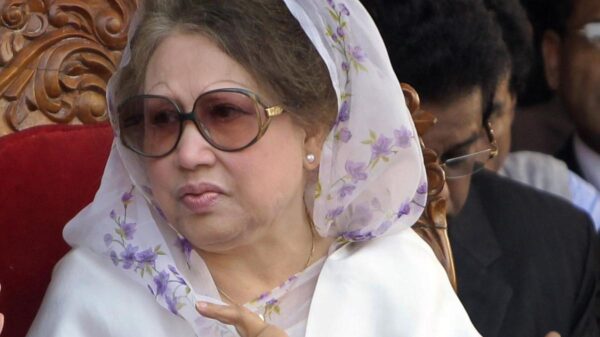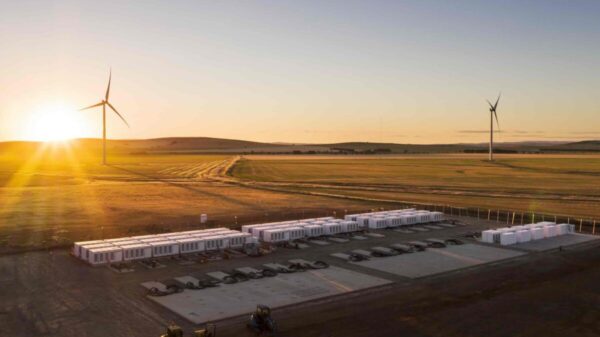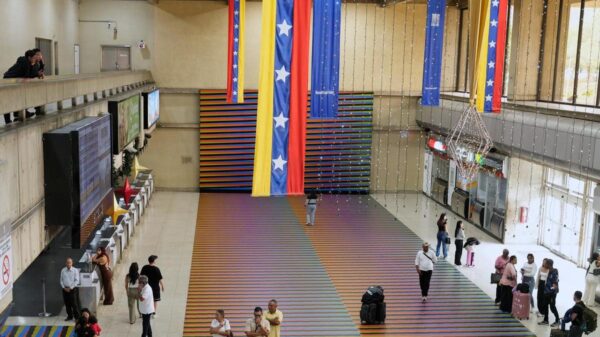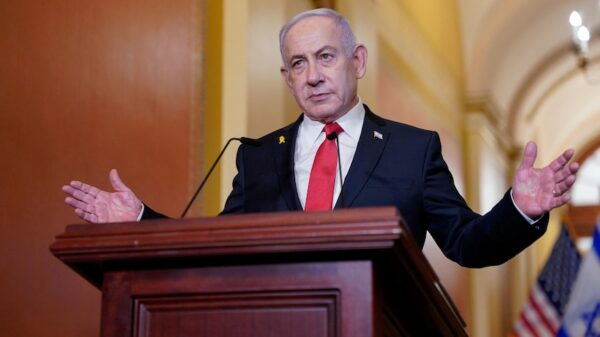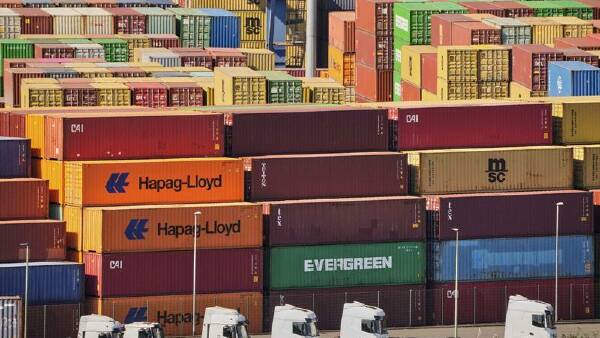Japan and South Korea are actively seeking to negotiate with the United States to soften the impact of significant tariff increases announced by President Donald Trump. These tariffs, set to take effect on August 1, 2023, could reach as high as 40 percent for certain countries, including Laos and Myanmar, while Japan and South Korea face a 25 percent increase.
The announcement came on a day when Trump escalated his ongoing trade conflict, informing fourteen nations of the impending tariffs. Japan’s top trade negotiator, Ryosei Akazawa, expressed the urgency of the situation, noting that the three-week window provides an opportunity for discussions. Akazawa highlighted the importance of the automotive industry to Japan’s economy and stated his intent to secure concessions in that sector during negotiations with U.S. Commerce Secretary Howard Lutnick.
While Akazawa is advocating for concessions, he emphasized that he would not compromise Japan’s agricultural interests, which have substantial political backing domestically. South Korea, on the other hand, has committed to intensifying trade negotiations over the coming weeks to achieve a mutually beneficial outcome.
In response to questions about the firmness of the August 1 deadline, Trump acknowledged its rigidity but indicated potential flexibility, stating, “I would say firm but not 100 percent firm. If they call up and they say we’d like to do something a different way, we’re going to be open to that.”
The market reaction to the tariff announcements was relatively subdued, as investors weighed the complexities of the ongoing trade saga. The European Union, which holds the status of the largest bilateral trade partner with the U.S., is also seeking to negotiate terms before the August deadline. Sources within the EU have indicated that discussions are focused on “rebalancing” trade and securing concessions for key export sectors. Some reports suggest that an agreement with the Trump administration may be imminent, possibly involving limited concessions on tariffs for aircraft, medical equipment, and specific spirits.
The ramifications of these tariffs are particularly concerning for Bangladesh, where a delegation is scheduled to engage in further trade talks in Washington. The country relies heavily on the U.S. market for its ready-made garment industry, which represents over 80 percent of its export earnings and employs approximately four million people. Mahmud Hasan Khan, president of the Bangladesh Garment Manufacturers and Exporters Association, characterized the tariff increase as “absolutely shocking,” expressing hopes for a range of 10 to 20 percent rather than the announced rates.
The broader implications of Trump’s trade policies are becoming increasingly clear. Pamela Coke-Hamilton, executive director of the International Trade Centre, voiced concerns at a recent press conference in Geneva, stating, “This move actually extends the period of uncertainty, undermining long-term investment and business contracts, and creating further uncertainty and instability.”
Countries facing these steep tariff increases, including Tunisia, Malaysia, Kazakhstan, South Africa, and several others, are now grappling with the potential disruption to their economies. The tariffs range from 25 percent on goods from Tunisia and Malaysia to 40 percent on products from Laos and Myanmar.
As negotiations continue, the global economic community remains watchful, hoping for resolutions that support international trade while minimizing adverse impacts on local economies.


